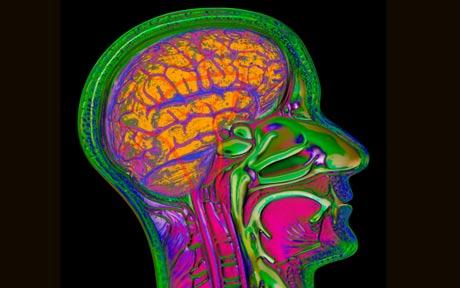
American researchers have found it can "rewire" the brain by improving blood vessels in patients.
Doctors at the Henry Ford Hospital, in Detroit, found that vitamin B3, or niacin - a common water-soluble vitamin - restored a brain's neurological function after a stroke.
Scientists said the findings from the study of rats, which will lead to a similar trial in humans, could result in new low cost treatment for stroke patients.
"If this proves to also work well in our human trials, we'll then have the benefit of a low-cost, easily-tolerable treatment for one of the most neurologically devastating conditions," said Dr Michael Chopp, scientific director of the Henry Ford Neuroscience Institute, who led the study.



